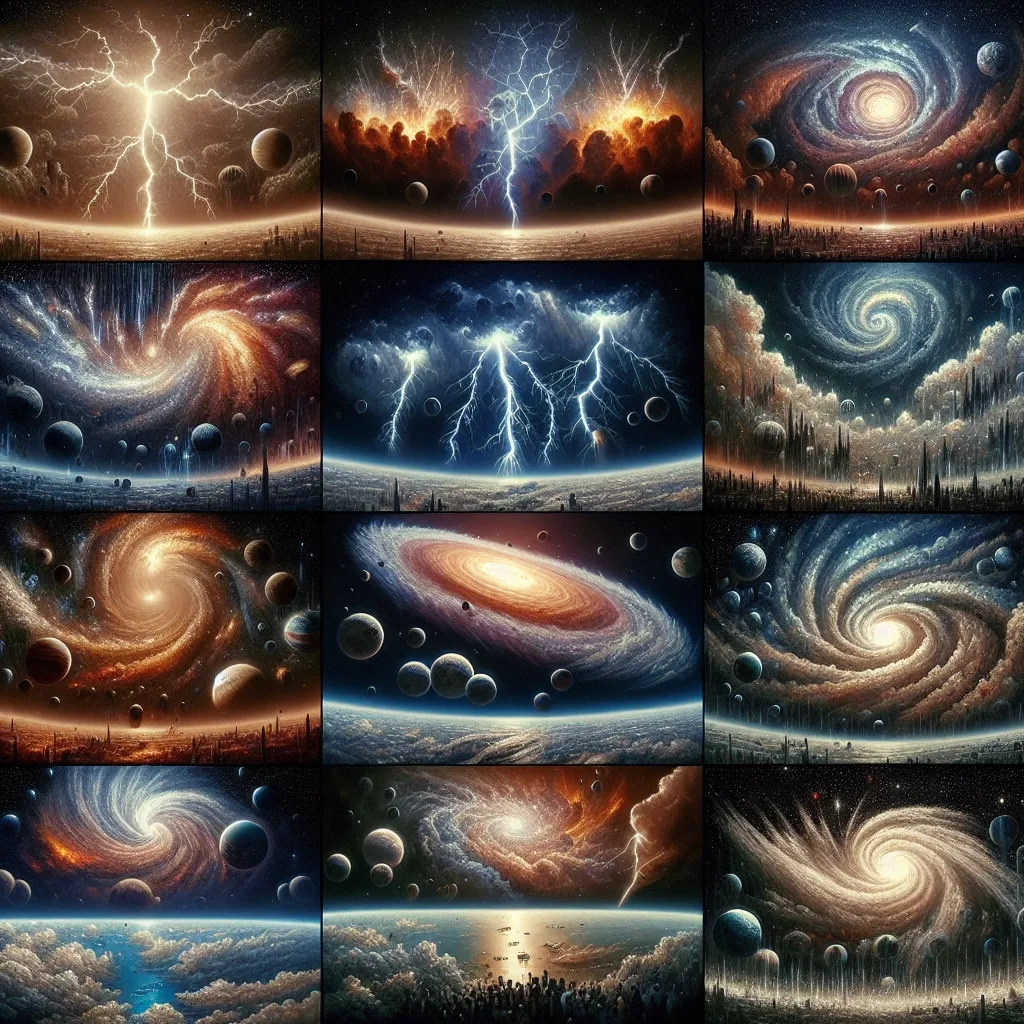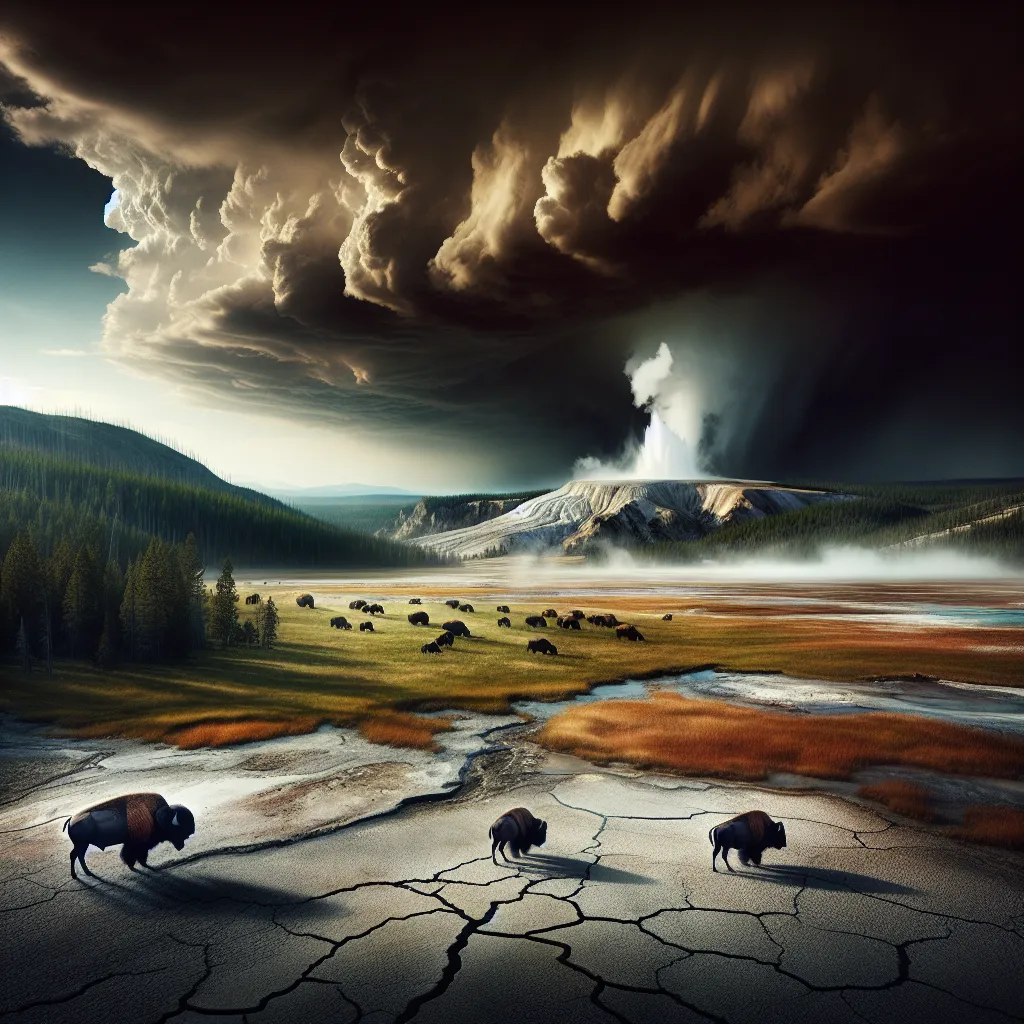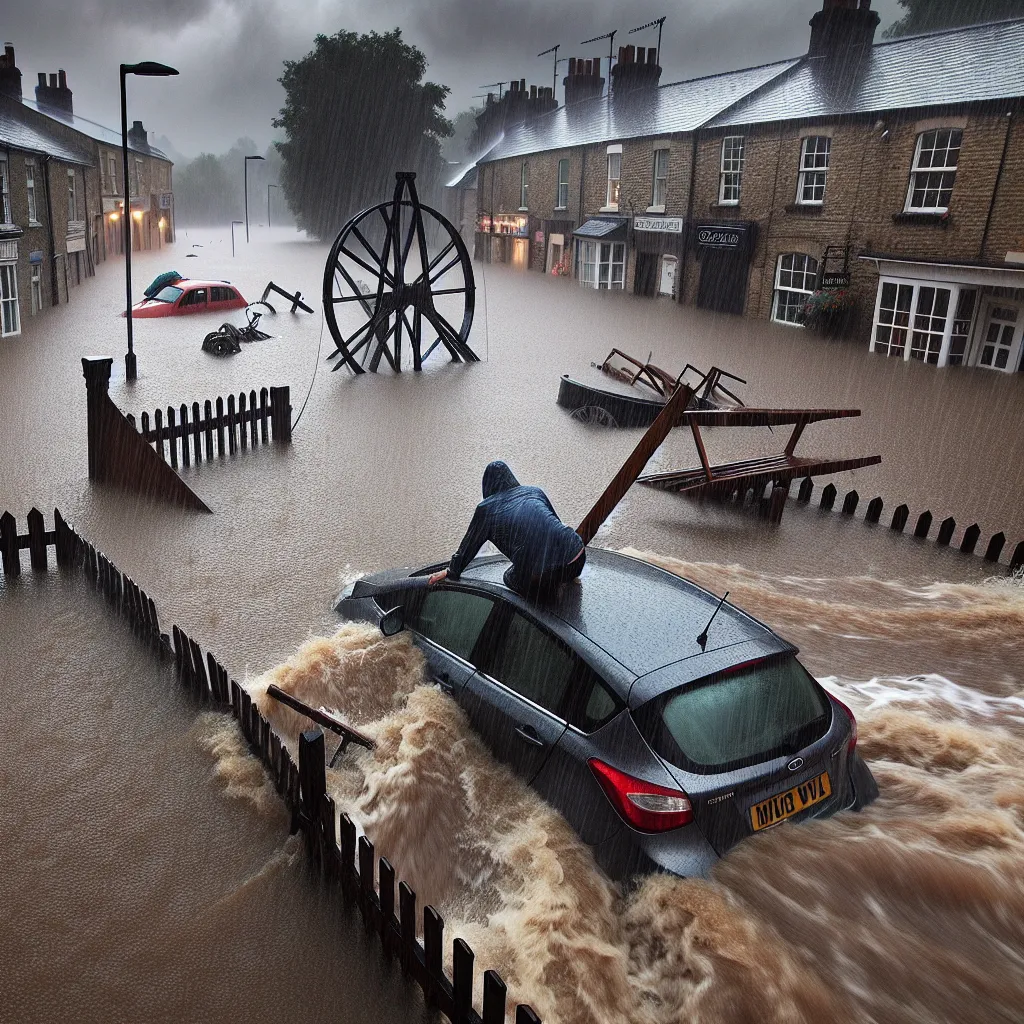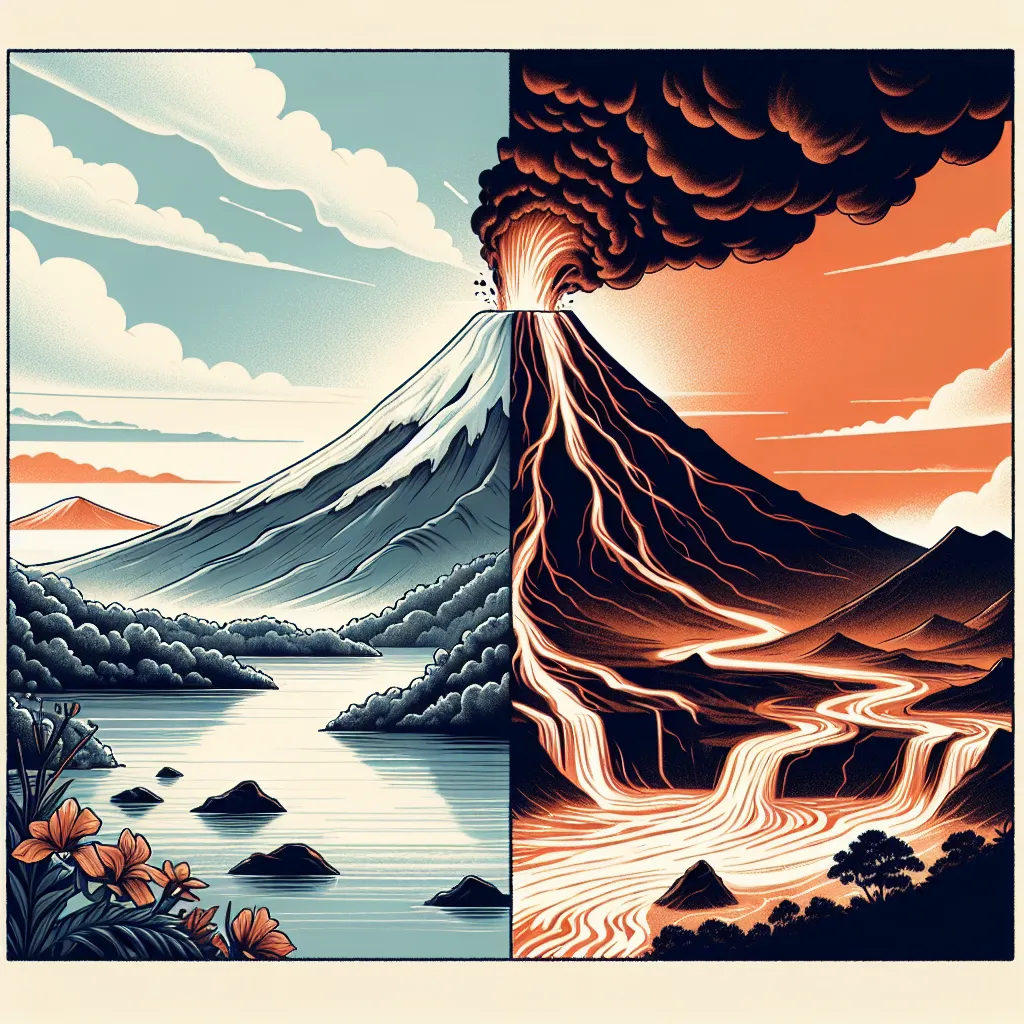We live in a universe where chaos reigns supreme. Planetary winds rage at six times the speed of sound, and lightning storms stretch for thousands of miles. Dust storms can swallow entire worlds, dwarfing anything we experience here on Earth. The largest storms scale up to the size of entire galaxies, and they exemplify the universe’s chaotic nature.
Earth has storms, but other worlds have mega storms nearly beyond human imagination. Yet, within that chaos lies a ray of hope. Surprisingly, we own our existence to these catastrophic events; they may be essential for life.
Take Mercury, for instance. Due to its proximity to the Sun and lack of atmosphere, it’s storm-free. But venture further out and you encounter Venus, a planet wrapped in clouds with winds that whip around the planet at over 300 mph. These winds circulate with astonishing simplicity, driven by the Sun’s heat. The Venus Express probe even captured images showing remarkable double-eyed hurricanes at the poles of Venus—a phenomenon we’ve never witnessed on such a grand scale.
On Venus, the lower atmospheric pressure creates a crushing force. A gentle 4 mph breeze can pack the punch of a hurricane because of the planet’s slow rotation and dense atmosphere, making walking through such a wind feel like pushing through molasses. Life on Venus’s surface? Impossible. But in the upper atmosphere, faster winds present a tantalizing possibility for life.
Mars, our neighboring planet, also hosts incredible weather events. Tornadoes and hurricanes batter Earth, but Mars’s dust storms, driven by the planet’s similar axial tilt, can engulf the entire globe. While these storms are rare, happening merely a handful of times a century, they obscure the Martian surface under a relentless cloud of dust.
Jupiter, a giant of our solar system, impresses with its colossal storms. The Great Red Spot, a massive, 15,000-mile-wide storm, has been raging for over 300 years. While Earth’s hurricanes feed off oceanic heat, Jupiter’s storms are powered by its own intense internal heat and gravity.
Saturn is no less astonishing, showcasing mesmerizing, lightning-filled storms captured by the Cassini probe. The planet’s weather includes an extraordinary hexagonal storm at its North Pole, shaped by mysterious standing waves.
Even more fascinating is Saturn’s moon, Titan. Possessing an atmosphere and methane lakes, it reveals a new kind of mega storm with its methane monsoons, producing raindrops that carve landscapes just as water does on Earth.
Neptune takes storm intensity to an unimaginable level. Despite its distance from the sun, this ice giant experiences wild weather, with wind speeds reaching up to 1,260 mph—driven by internal heat.
Explore beyond our solar system, and the weather phenomena get even wilder. Take Osiris, a scorching exoplanet where winds roar at nearly six times the speed of sound due to its proximity to its star.
But storms aren’t just about destruction. They are a driving force of creation. Galactic storms, captured by the Hubble Space Telescope, compress gas and dust to ignite star formation, potentially laying the groundwork for new worlds and possibly life itself.
Ultimately, storms—whether on Earth or in the far reaches of space—are more than violent upheavals. They are a vital element of the cosmic dance, fostering conditions that can lead to creation. From the turbulent atmospheres of gas giants to the ferocious winds of distant exoplanets, mega storms could well be the sparks that kindle life across the universe.





